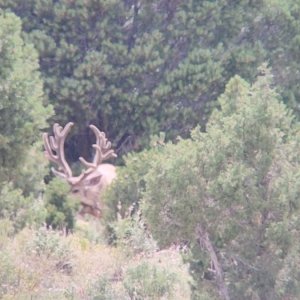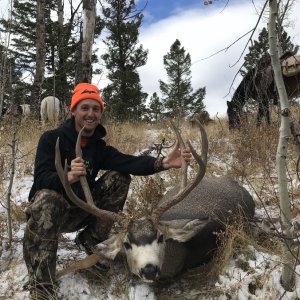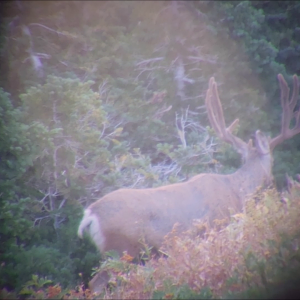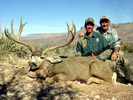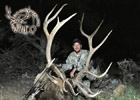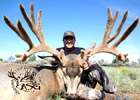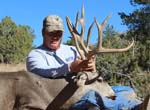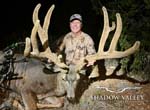LAST EDITED ON Jan-31-13 AT 09:09AM (MST)[p]>Outdoorwriter. Isnt the 20% <
>pass done per hunt number.<
> Not species <
NO!! In fact, when the apps are shuffled and given a number, they have no idea what the hunt choices are or whether the applicant is a res. or NR. That isn't determined until an application is selected during any of the draw phases.
The permits that go INTO the BP are included by Hunt number, but all thrown together for the BP pass. IOW, if a unit has 100 total permits, 20 are allocated to the BP pass. One that has 500, will have 100 in the 20% BP pass. So after all of the permits are allocated by hunt number, the BP pass will have all of them included, even for the least desirable hunts.
Thus, for the 2013 general, muzzleloader and archery hunts, there are a total of 16,553 permits and 20% or 3,310 will be allocated to the BP pass. (I didn't include the CHAMP, JR. or Limited Opportunity hunts for simplicity.)
Step 1 for the BP draw:
EVERY application that has at least ONE bonus point will be included in the BP pass. They then assign random numbers to each application. If an application has 10 BPs, it gets 10 numbers, plus a number for the app, but ONLY the lowest number of the bunch is used for the actual draw. No matter how many people are on the app, only one final number is assigned after generating the those for the average BPs represented on that application. THEY DO NOT SEPARATE the apps by hunts choices or Res./NR at all!
Step 2:
They first look at the group of applications with the MOST BPs by starting with the one that has the lowest number, and so on and so forth. Since there are permits for EVERY hunt in the total allocated to the 20% pass, this application will automatically get whatever is listed as 1st choice. They continue through the list until ALL of those with the MAX BP are checked.
Obviously, a LOT of the prime permits will be doled out here for anyone who has one of them listed as a 1st or 2nd choice, but there will still be a BUNCH of permits left in the 20% pass.
For example purposes, let's say 210 permits went to the max point holders. Likely, those alloocated to the BP round for the most prime hunts will be all gone, as well. But that means there are still 3,100 permits available in the 20% pass. So now, they go to the next group with the most BPs and basically repeat the above.
They will continue this process until either none of the 3,310 permits are left or there are no more BP holders for those permits that are left. If permits remain, which is often the case for less desirable hunts (antlerless, etc.), they go back into the 1-2 pass.
Once the 20% draw is done, all the applications are reshuffled and renumbered, again using the BPs to determine how many numbers a specific app generates. The lowest generated number is given to each app; those with no BP get only one number. Again, there is NO separation by hunt choices or Res./NR.
Now, they simply go through the list of EVERY application, starting with LOWEST number first. Anyone who has a 1st or 2nd choice listed for any of the remaining permits as the list dwindles further will get one. This process will continue until they either go through the entire list of apps or all of the elk permits are gone.
TONY MANDILE
How To Hunt Coues Deer


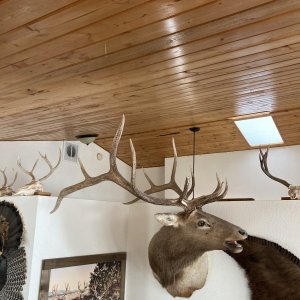
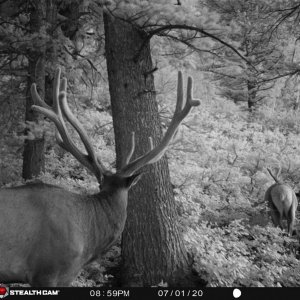
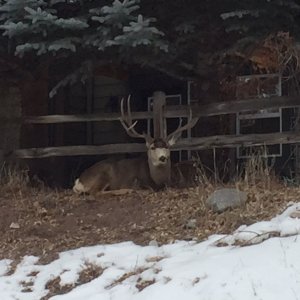
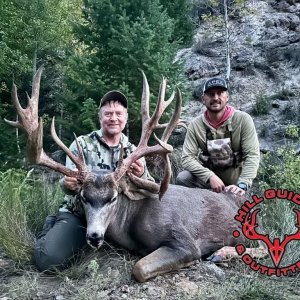
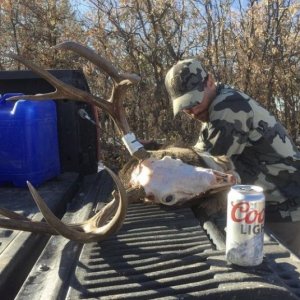
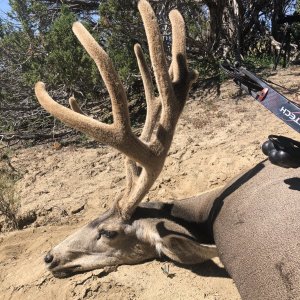
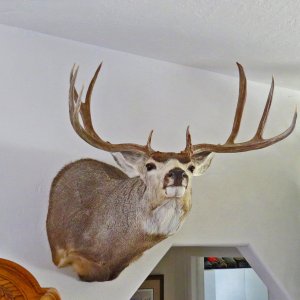
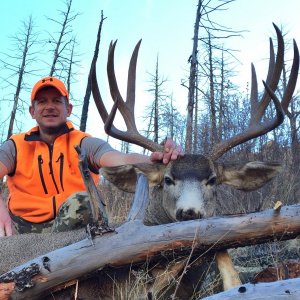
![[000134]Copy.jpg](/xf/data/xfmg/thumbnail/35/35435-3dca6ac4055d14b7c5d982fc32679332.jpg?1684979424)
